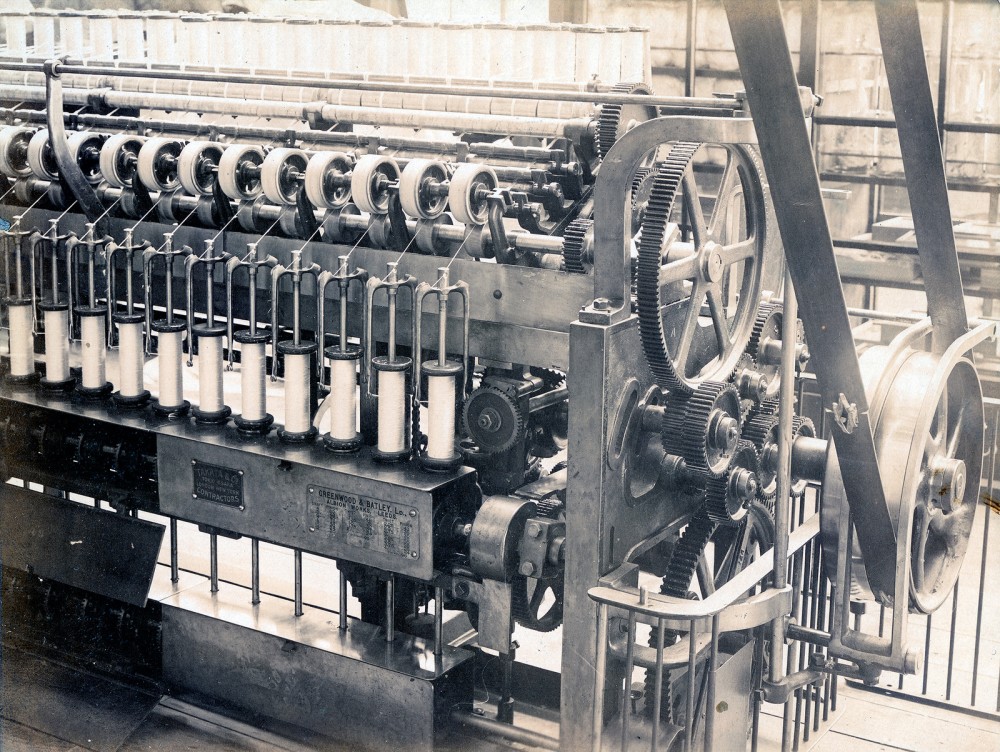
Not long ago I sat down with an economist, a lawyer, a management consultant, and an investment banker. The economist started to tell a story, the broad outlines of which all of us knew—about the past, present, and immediate future. The story, as told by the economist, went like this.
“Chapter 1 takes place from 1760 to 1830. We’ll call it the first industrial revolution. Mechanized cotton spinning, powered by steam or water, made a single worker 500 times more productive. Steam engines became transportable and used a fraction of the fuel previously required. Iron production became hugely more efficient. Machine tools became commonplace.
“Chapter 2 takes place from 1870 to 1914. We’ll call it the second industrial revolution. It created electricity, telephones, radios, cars, and planes. It also consolidated and dispersed all the developments of the first industrial revolution—such as gas and water supply, railways, and sewage systems—on an imperial canvas of colonial expansion. Huge social changes resulted: wealth moved to the developed world, artisans gave way to factory workers, work left the home. The consequent massive dislocation was partly addressed by the emergence of the welfare state.





